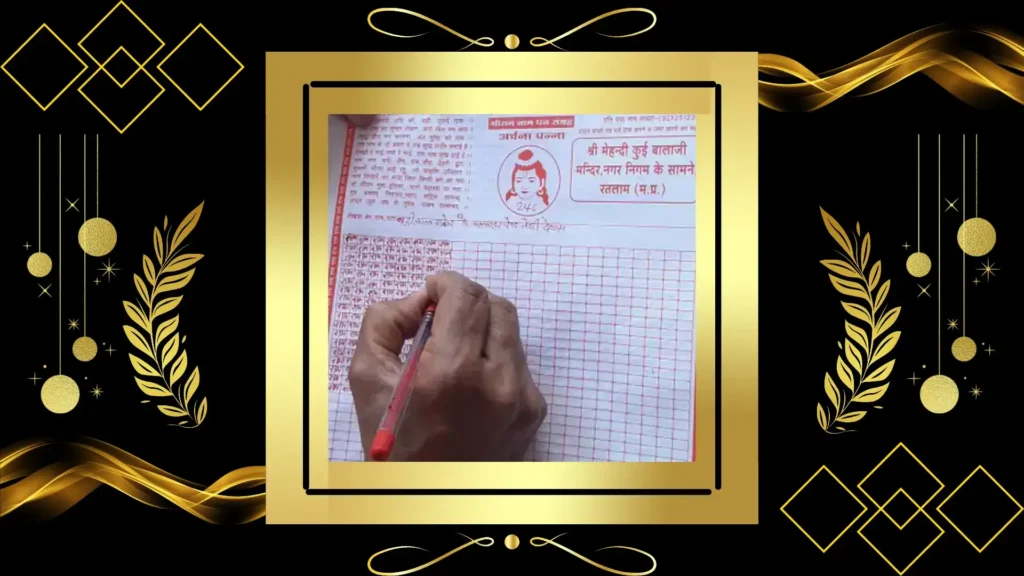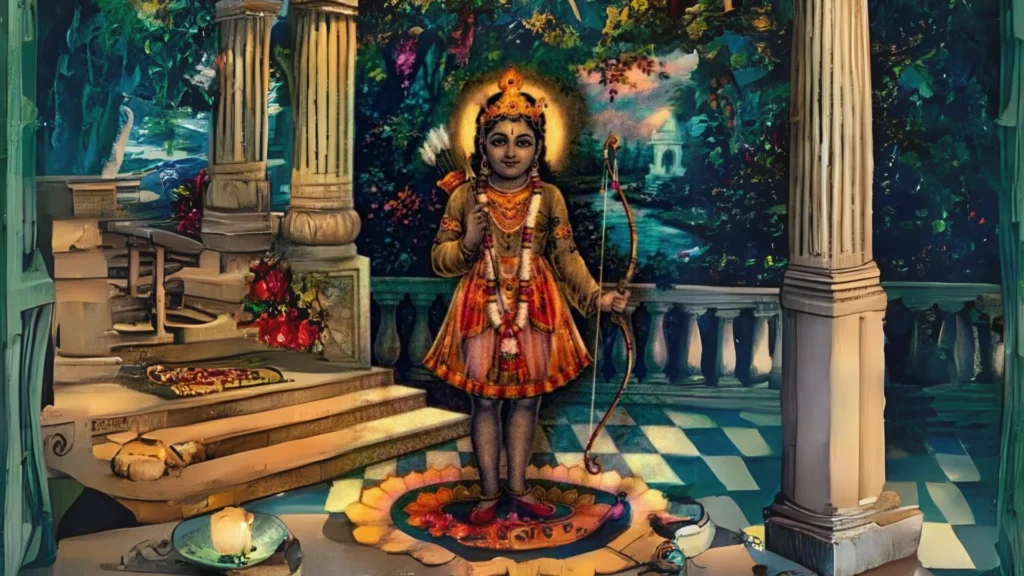5 Powerful Steps: Knowledge and Bhakti
The Bhagavad Gita outlines two main paths to God-realization: the Path of Knowledge (Jnana) and the Path of Karma Yoga. Bhakti Yoga, or devotion to the Supreme Lord, is emphasized as essential, especially in Chapters 6 and 8, which highlight its power to bind the Lord and offer liberation.












